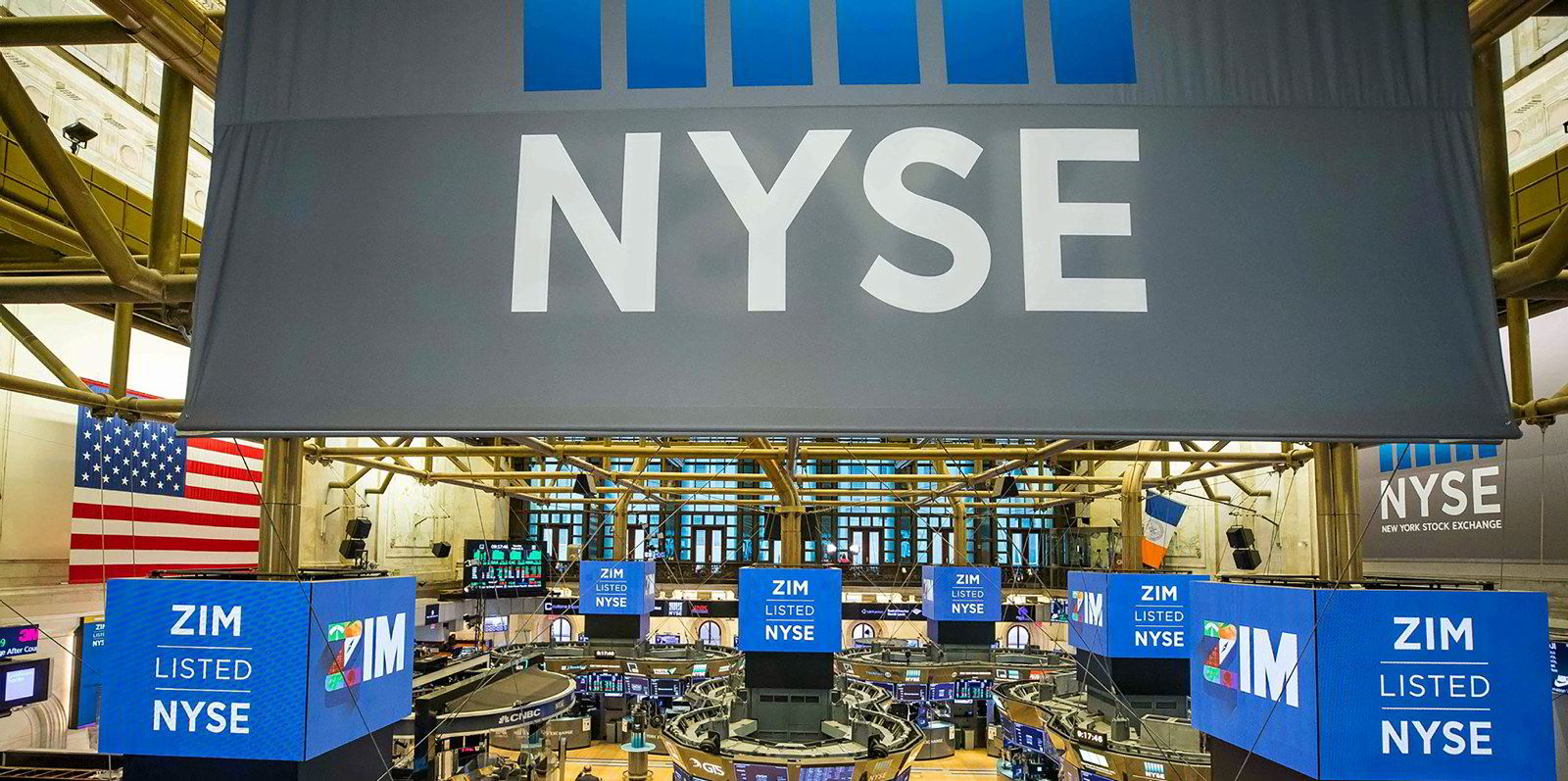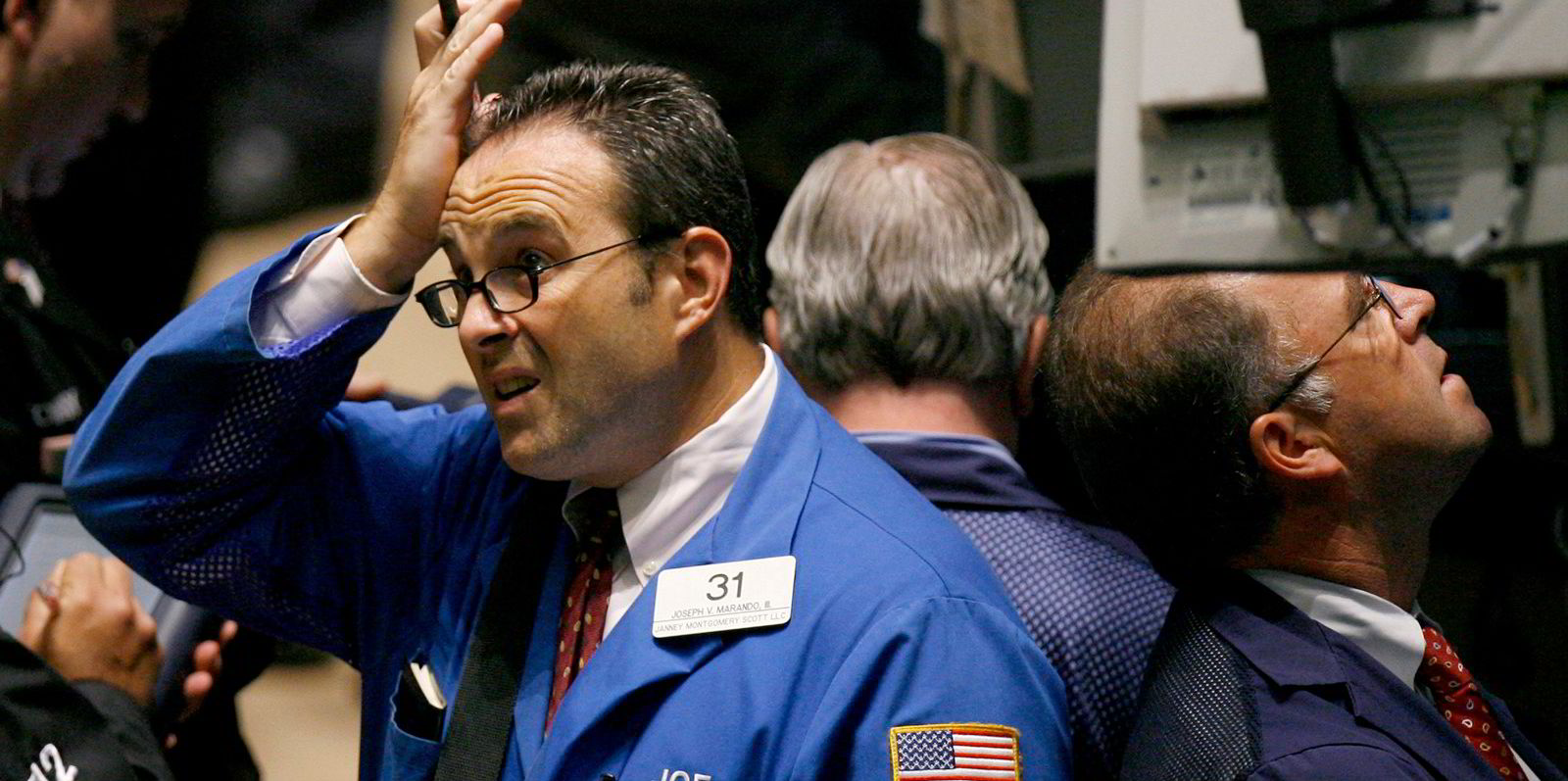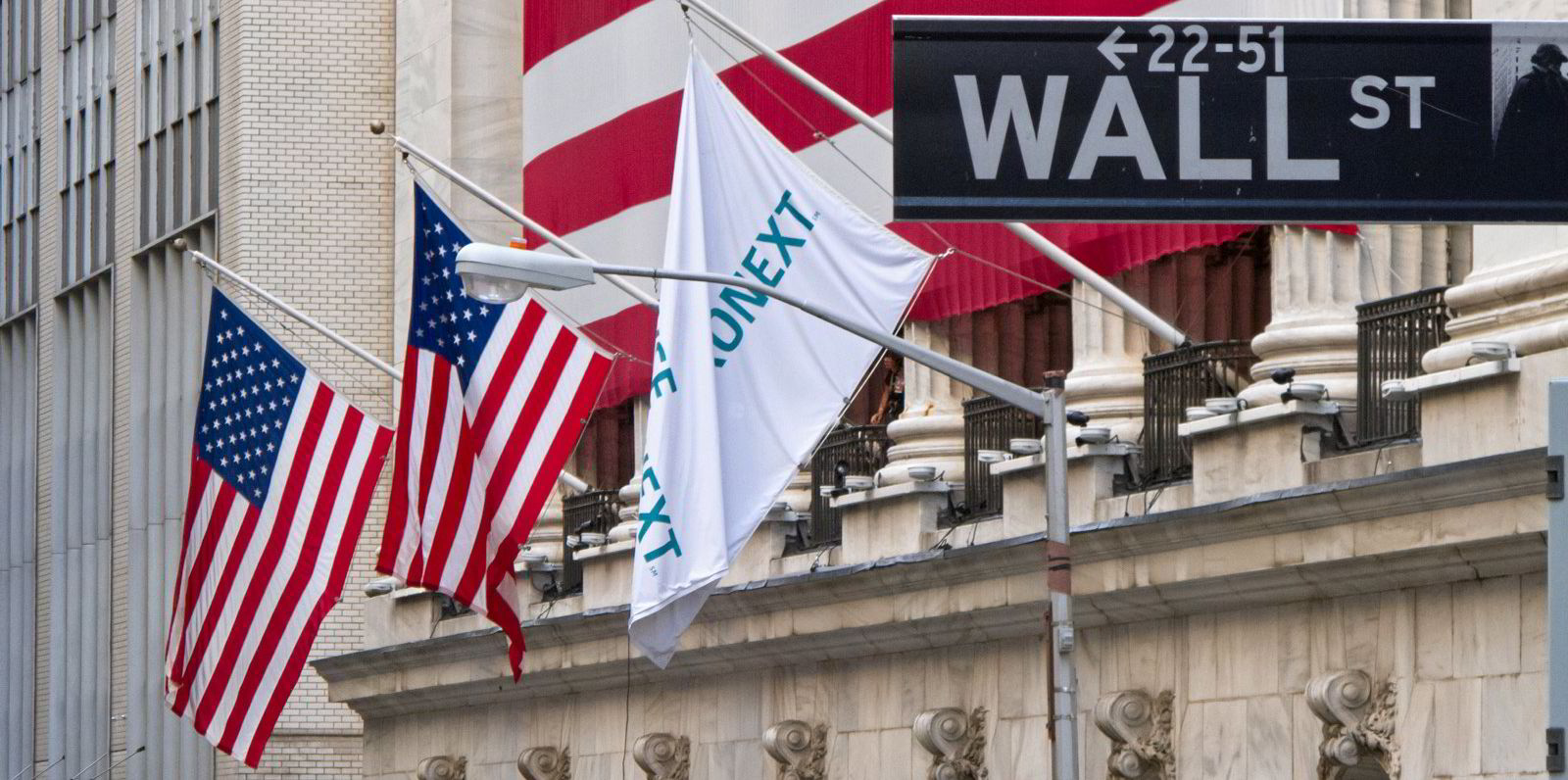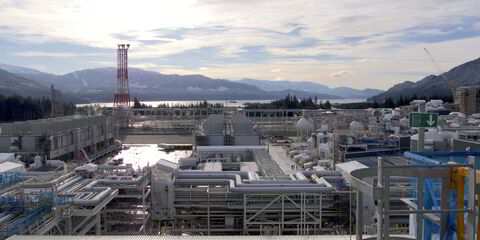Leading container shipping shares are plummeting as recessionary fears rise.
Shares in leading carriers including Hapag-Lloyd, AP Moller-Maersk and Zim have dropped by 20% to 40% in recent weeks, wiping billions of dollars from market values.
The declines come amid worries over the impact of higher inflation and rising interest rates on container shipping demand.
Hardest hit is German liner operator Hapag-Lloyd.
The company had an eye-watering $30bn wiped off its market capitalisation in a month, according to the company’s market cap.
The Frankfurt-listed carrier remains the most valuable liner company — ahead of even Maersk.
But its share price has been routed over the past month, dropping 40% to €267.5 ($281) on 22 June, down from €448 on 25 May.
Steep declines have seen Maersk’s stock price drop by more than one-third this year, with the Danish liner giant being valued at $44bn.
That is around $20bn less than the Copenhagen-based company was worth before Russia invaded Ukraine and its lowest value in over a year. The decline follows a drop of 20% to DKK 17,010 ($2,405) in the stock price since the start of June.
Similarly, NYSE-listed Zim has seen its market capitalisation drop by 40%, or $4bn, from a peak of around $10bn on 19 March.
The carrier is currently valued at $6.16bn. That follows a 26% drop in share value over the past three weeks to $51.33 by 22 June.
Recessionary fears
The declines come amid fears that inflation and rising interest rates could reduce demand for container shipping services from Asia to Europe and the US.
An increasingly challenging macroeconomic environment would impact consumer spending, in turn hurting container volumes, said analysts.

That has led to sharp falls in spot freight rates, which continue to drop as recession fears dampen peak season demand, according to analyst Linerlytica.
Freight rates from Asia to the US west coast slumped to $8,934 per 40-foot equivalent unit (feu) on 21 June, according to the Freightos Baltic Index.
Some carriers are reportedly offering rates below $7,000 per feu, which is less than half the average of about $15,000 per feu for most of the year.
The drop in spot rates is due to increased capacity, even though demand is picking up in the run-up to peak season, said Linerlytica.
“The window for the next transpacific rate hike has been pushed back to mid-July, but its success will depend on how strong cargo demand turns out over the coming weeks,” it added.
Despite the worsening economic scenario, some analysts remain unperturbed as earnings from long-term freight rates remain at record levels.
“Contract volumes are softening, but we expect earnings to stay strong, aided by contract earnings,” according to a research note by analyst Kepler Cheuvreux (Kech).
“The decline in spot rates seems to have flattened out,” it added in a note explaining why it remains bullish on Hapag-Lloyd stock.
The expectation is that supply-chain issues will remain a problem into 2023, with little sign that congestion will disappear before the end of the year, Kech noted.
Not out of the woods
The warning of lingering congestion comes as strikes in north European ports threaten to exacerbate terminal problems.
Maersk said in an advisory that congestion in the Bremerhaven hub had reached a “critical level”, while yard density in Hamburg remained “challengingly high”.
The Danish carrier said that teams are assessing if redirecting to nearby facilities — such as Gdansk, Wilhelmshaven or Zeebrugge — could speed up delivery. The company is also looking at shipping more containers overland from Asia to less congested North European ports.
Yet there seems to be no let-up to the industrial action, including workers at the port of Antwerp-Bruges in Belgium, and rail strikes in the UK affecting container shipments.
“Bottlenecks” across the Asia-North Europe network have led to an accumulation of delays, Maersk said.
The company said that “even a minor disruption can cause a ripple effect and lead to substantial setbacks”.
The outlook for the coming months remains uncertain.
“We are seeing economic headwinds left, right, and centre,” said Xeneta chief analyst Peter Sand.
But weaker retail demand and higher inflation could act as a catalyst for unwinding the locked supply chains, he added.(Copyright)






